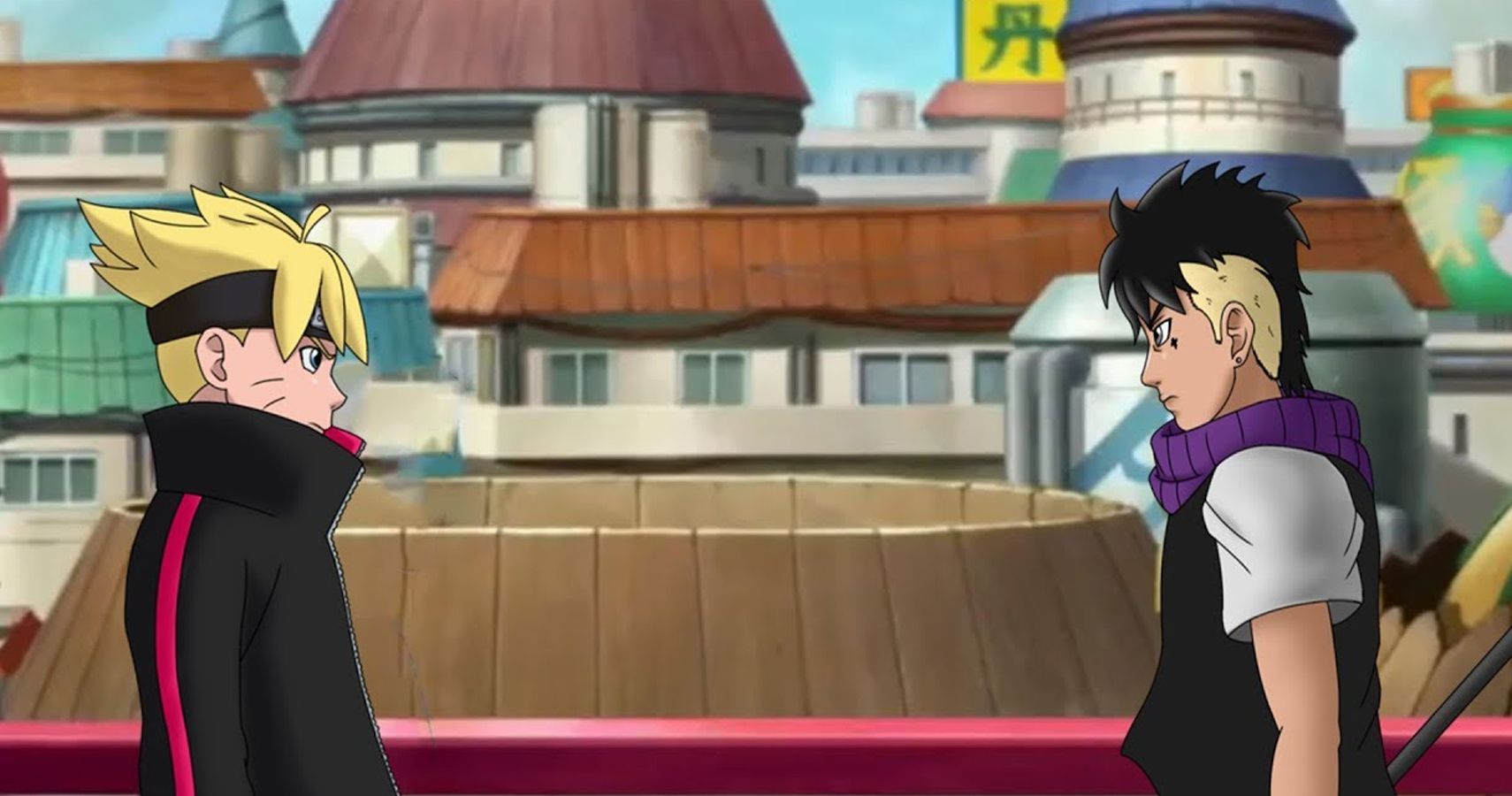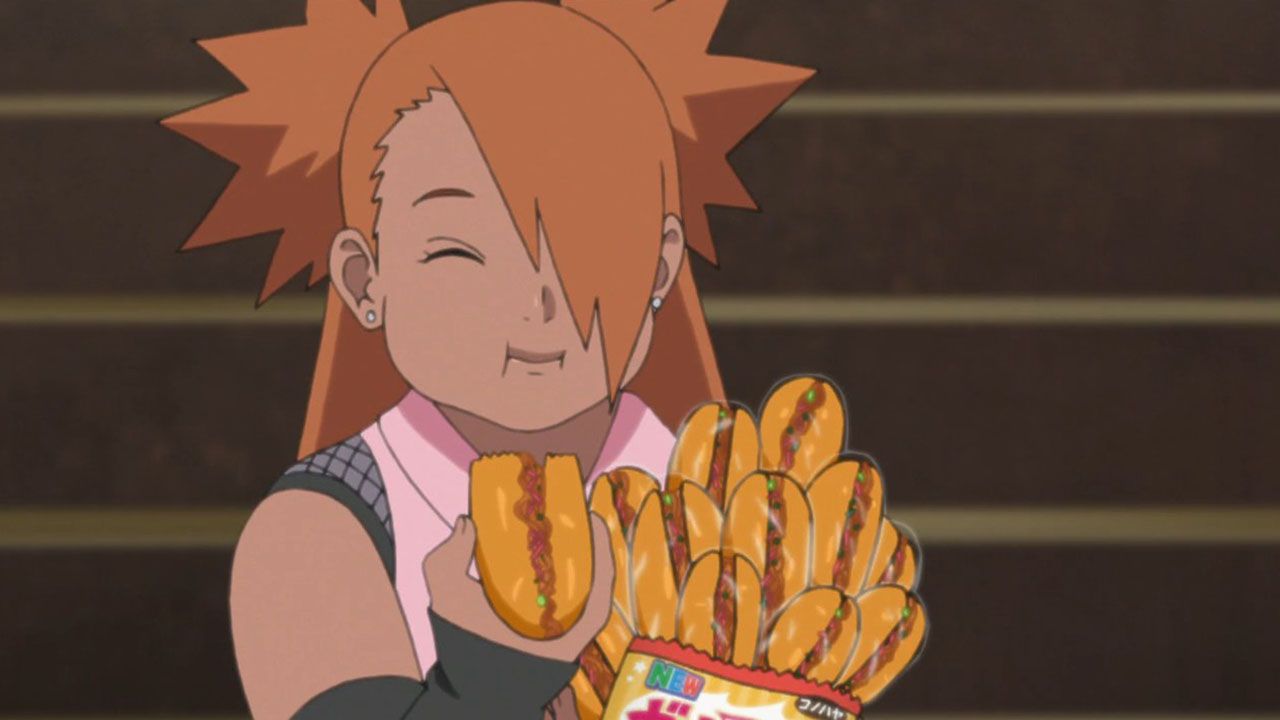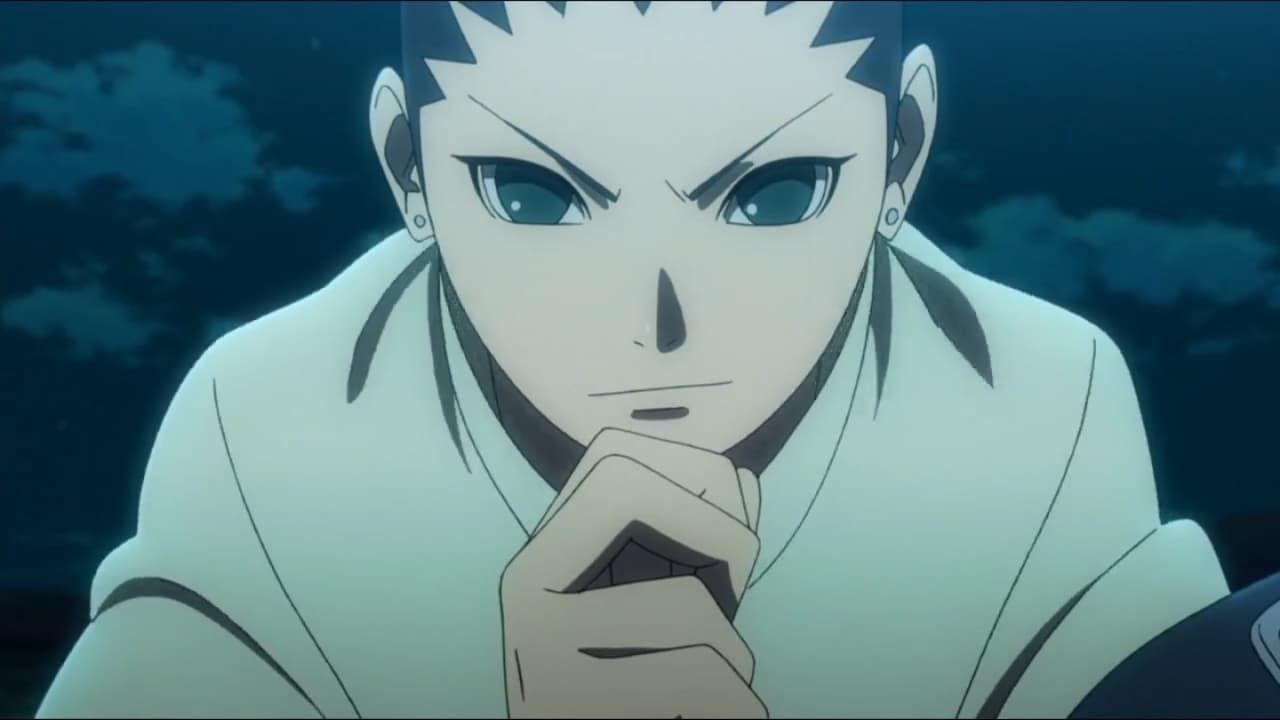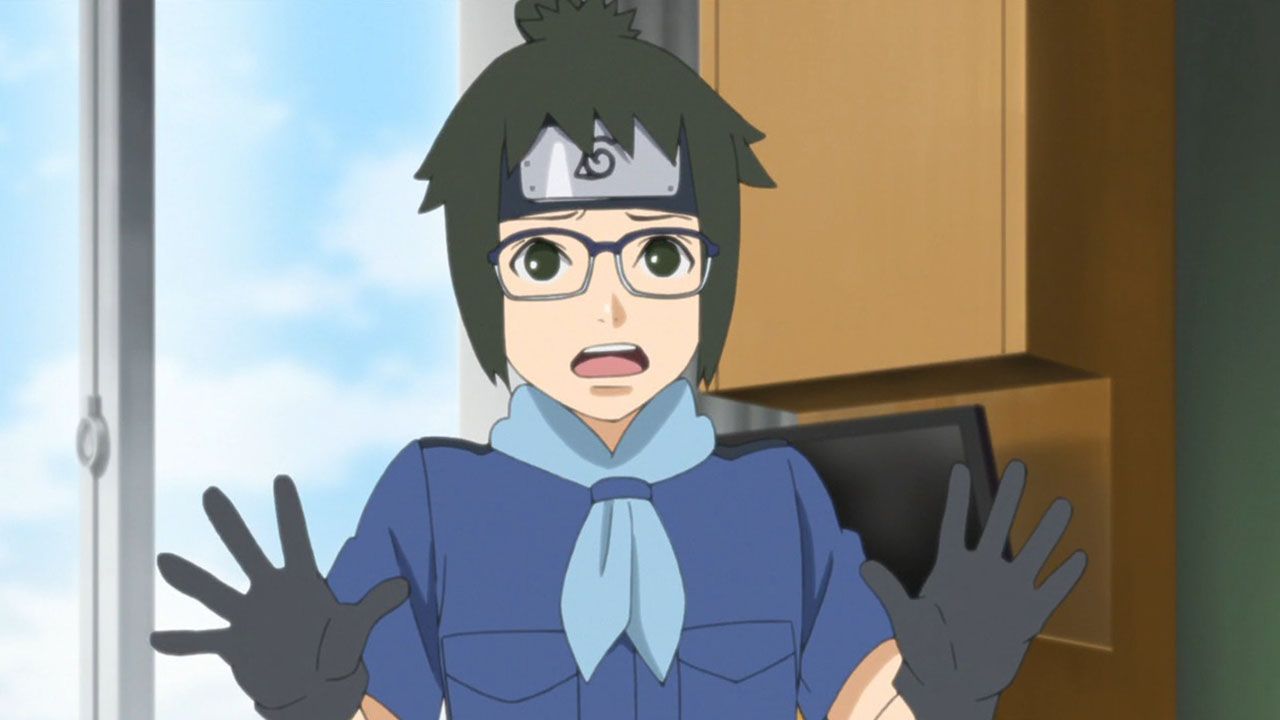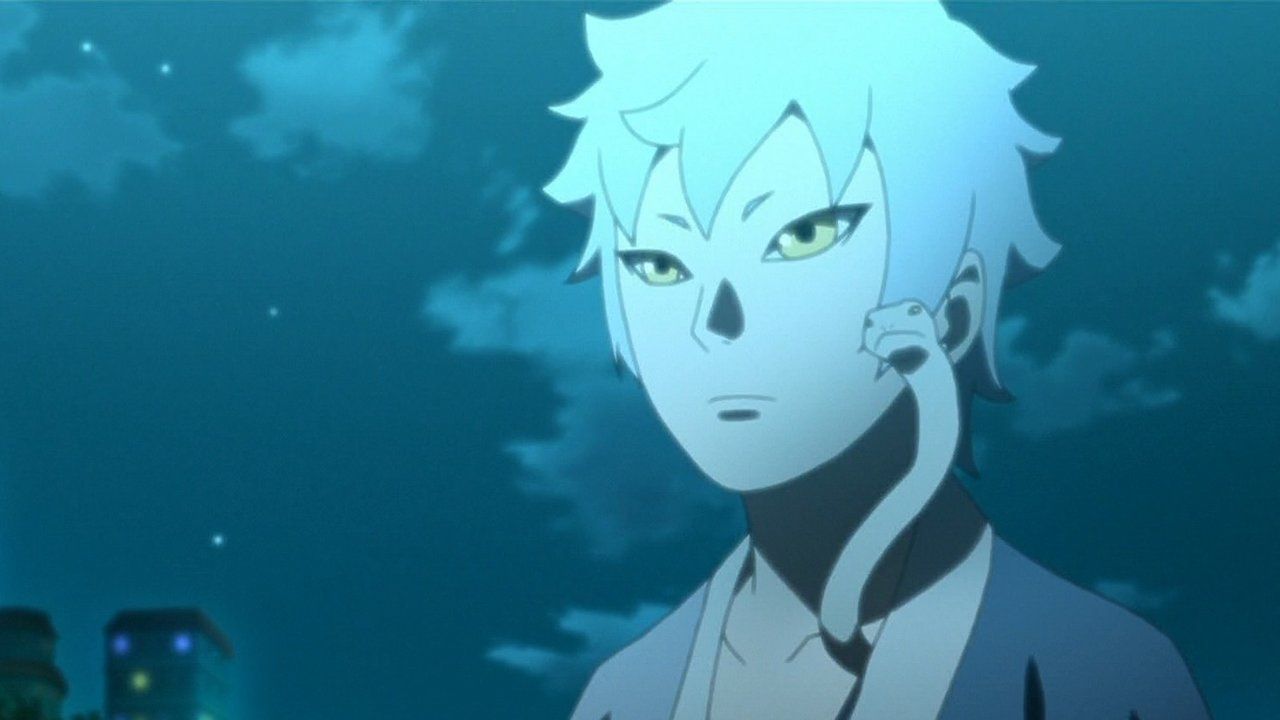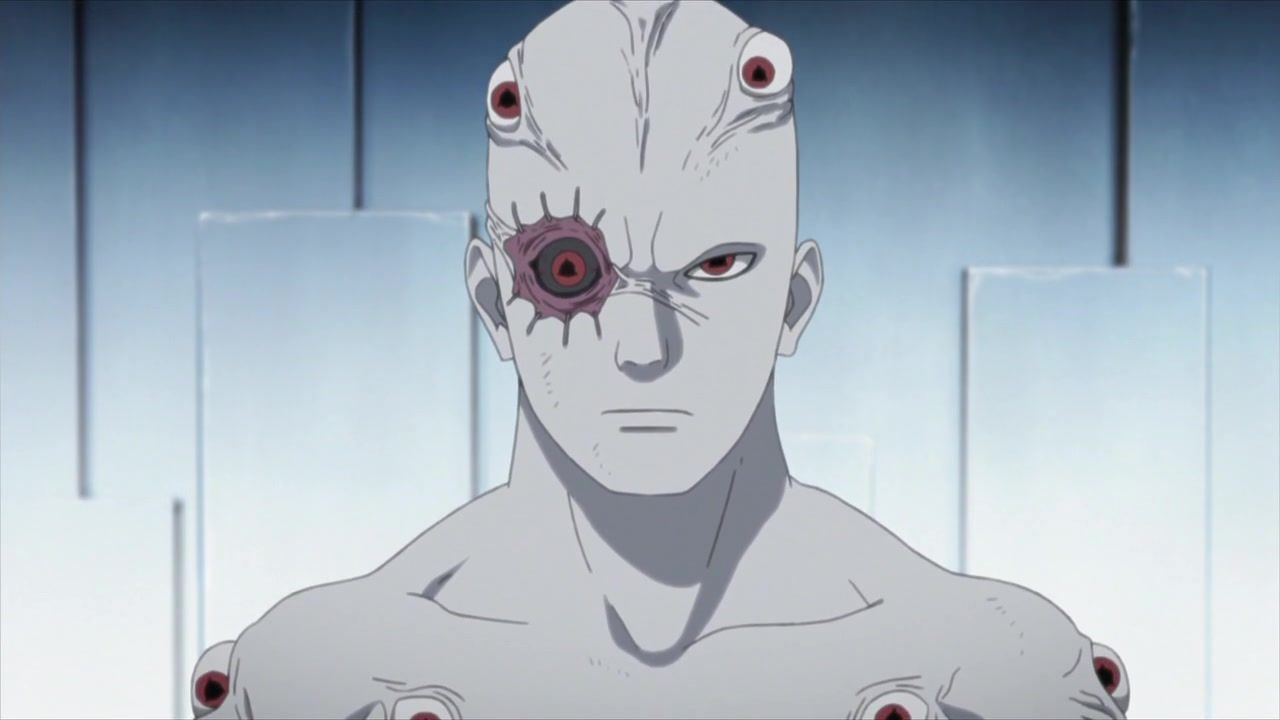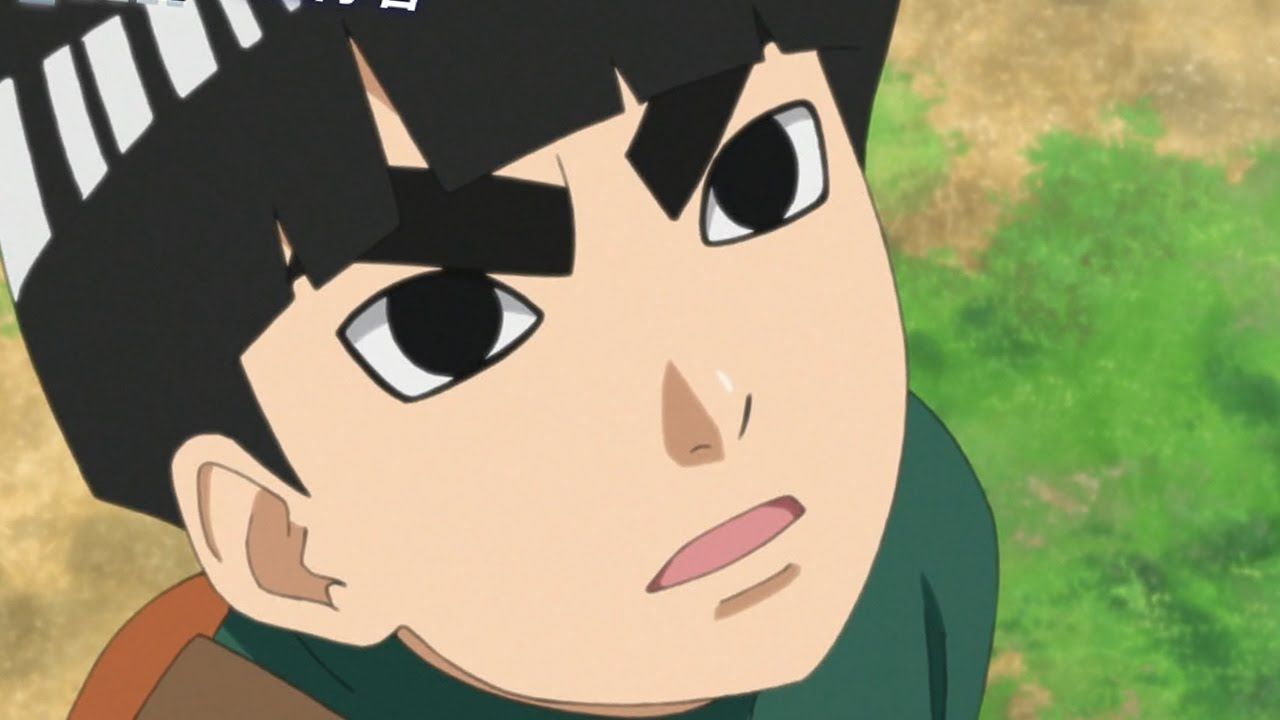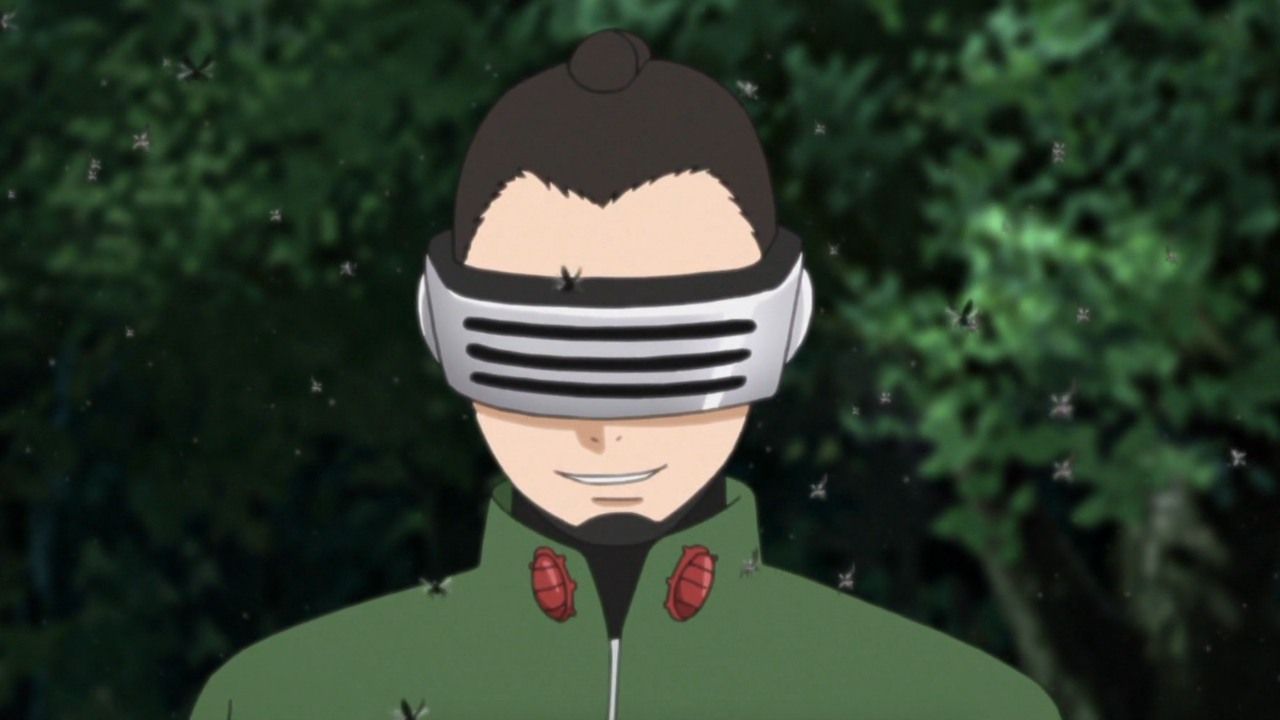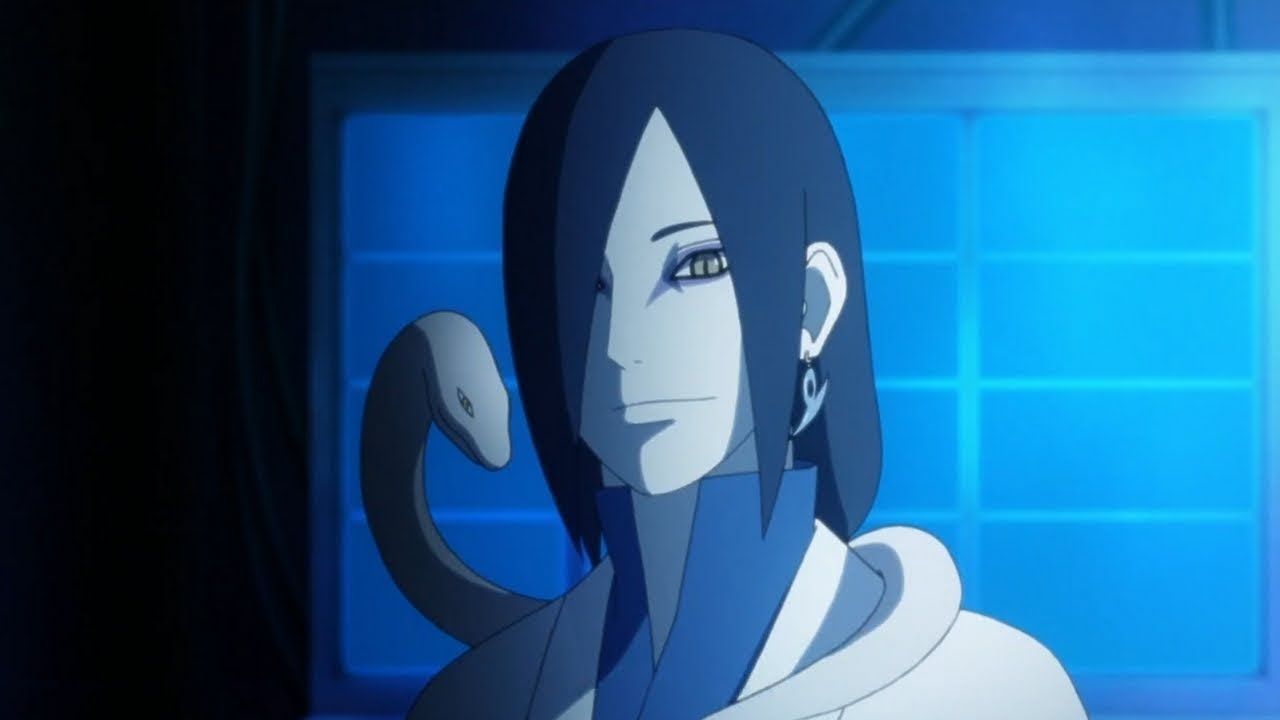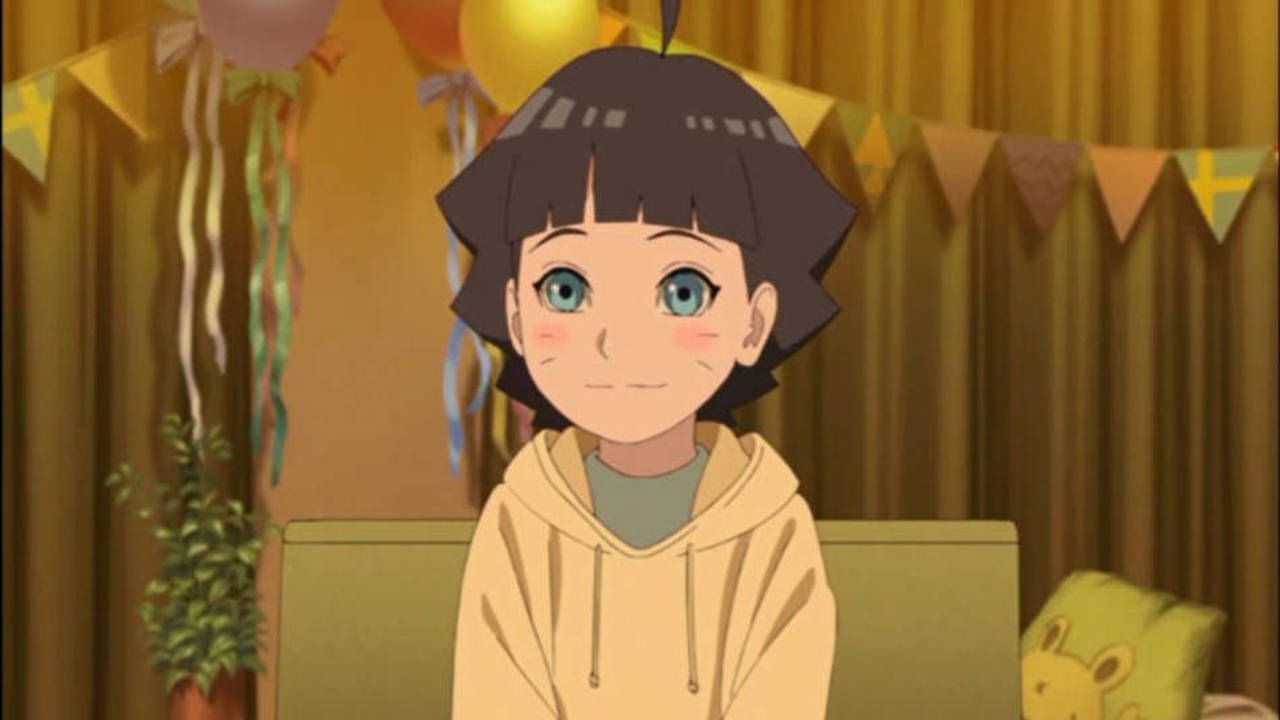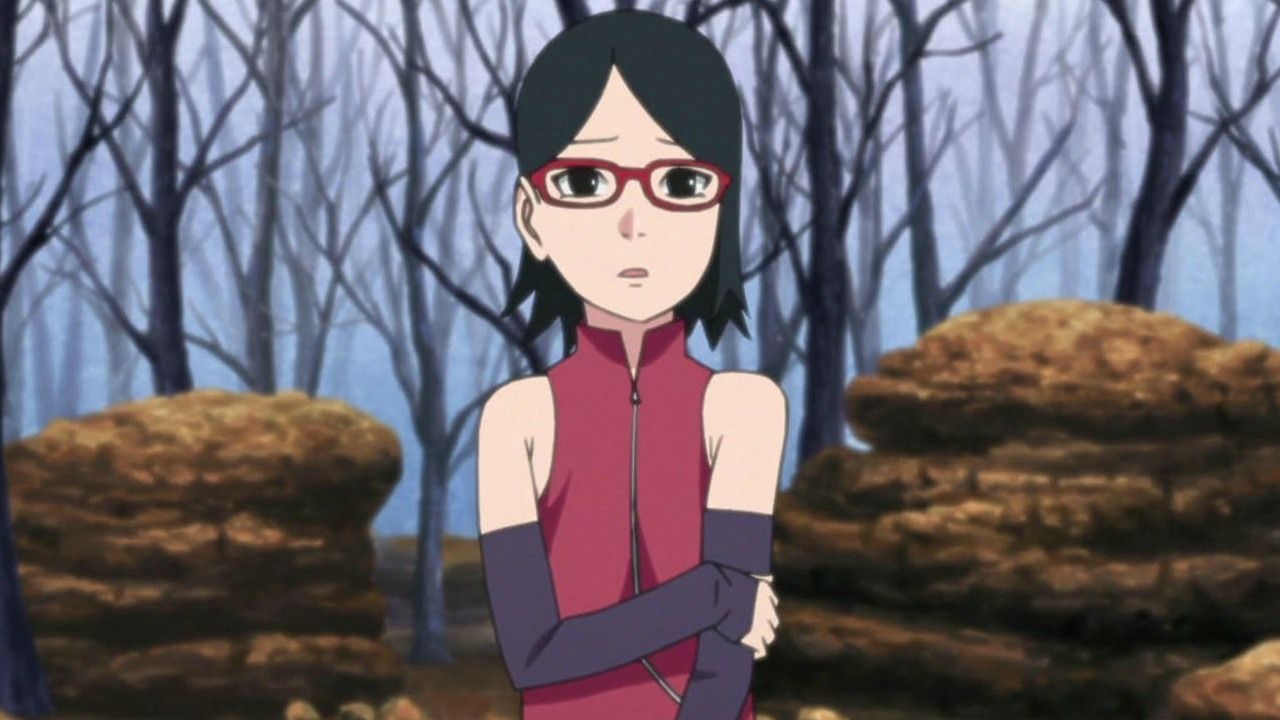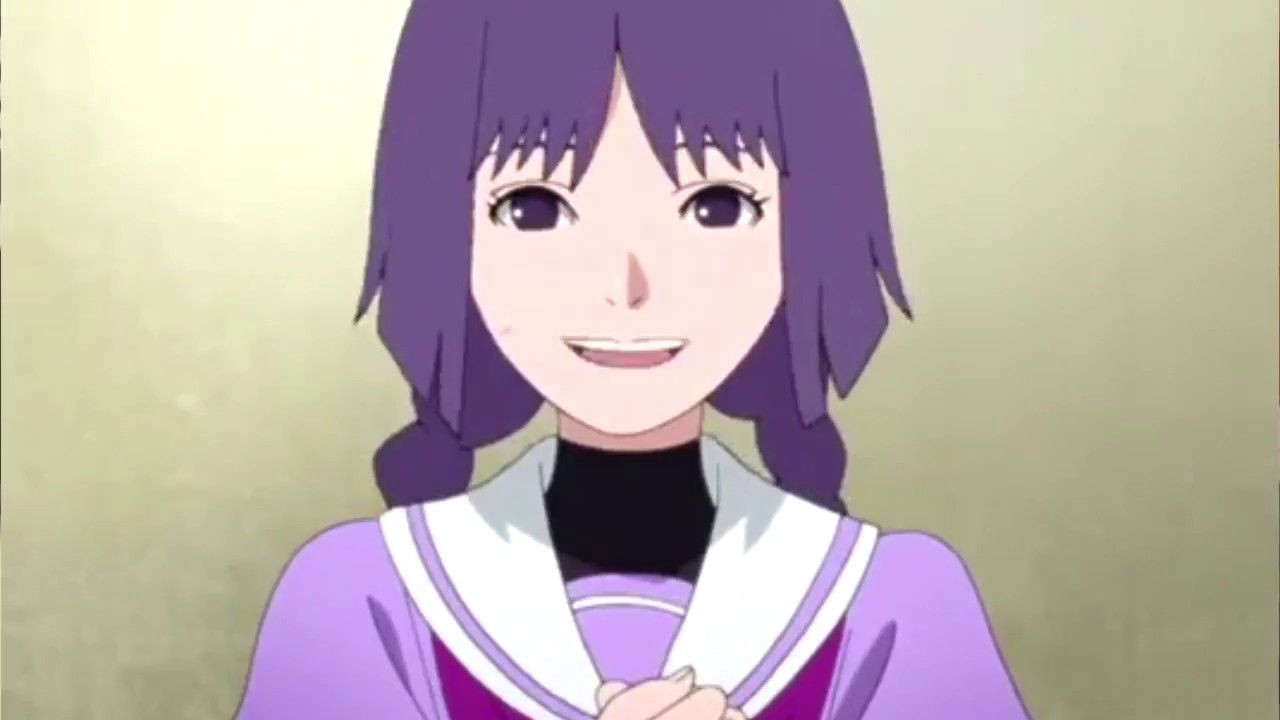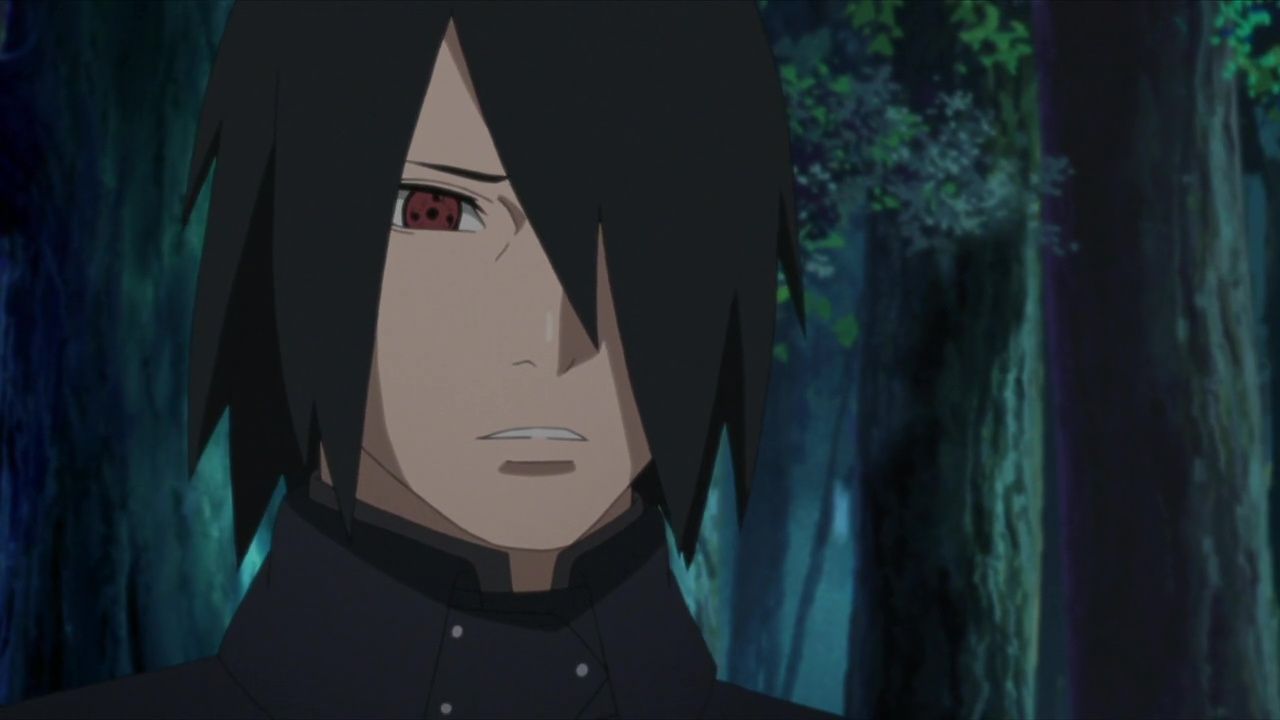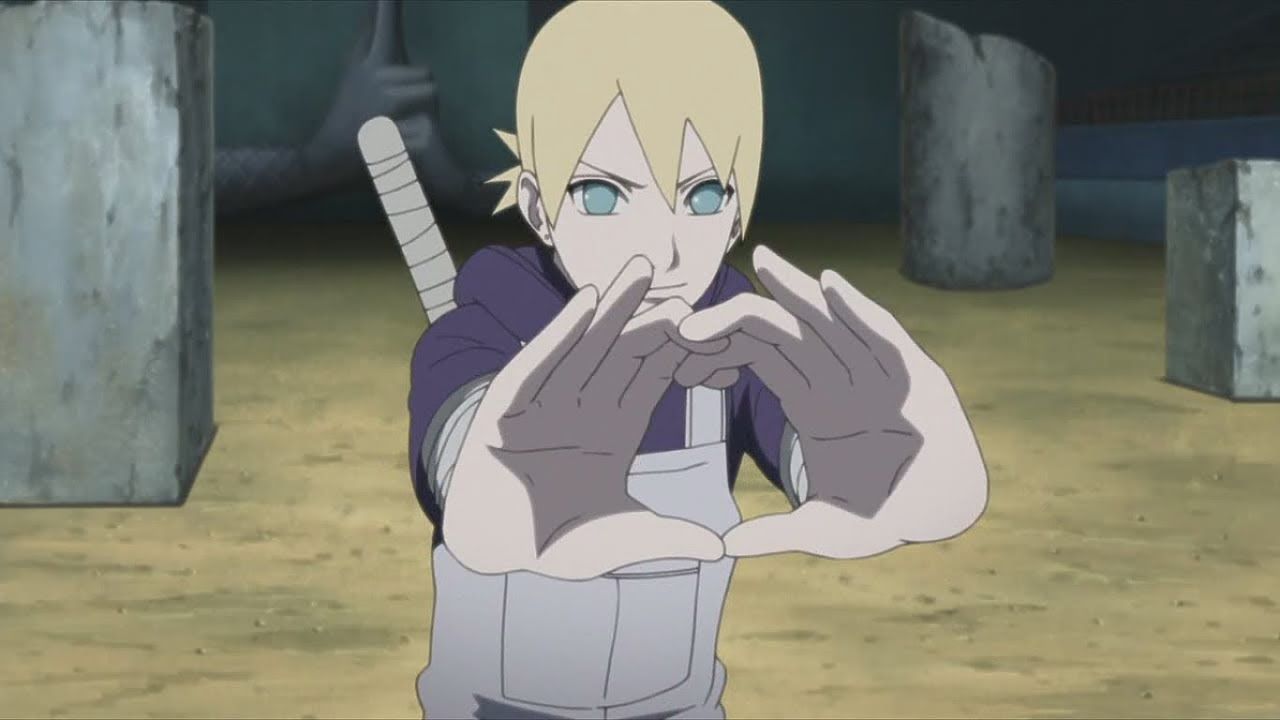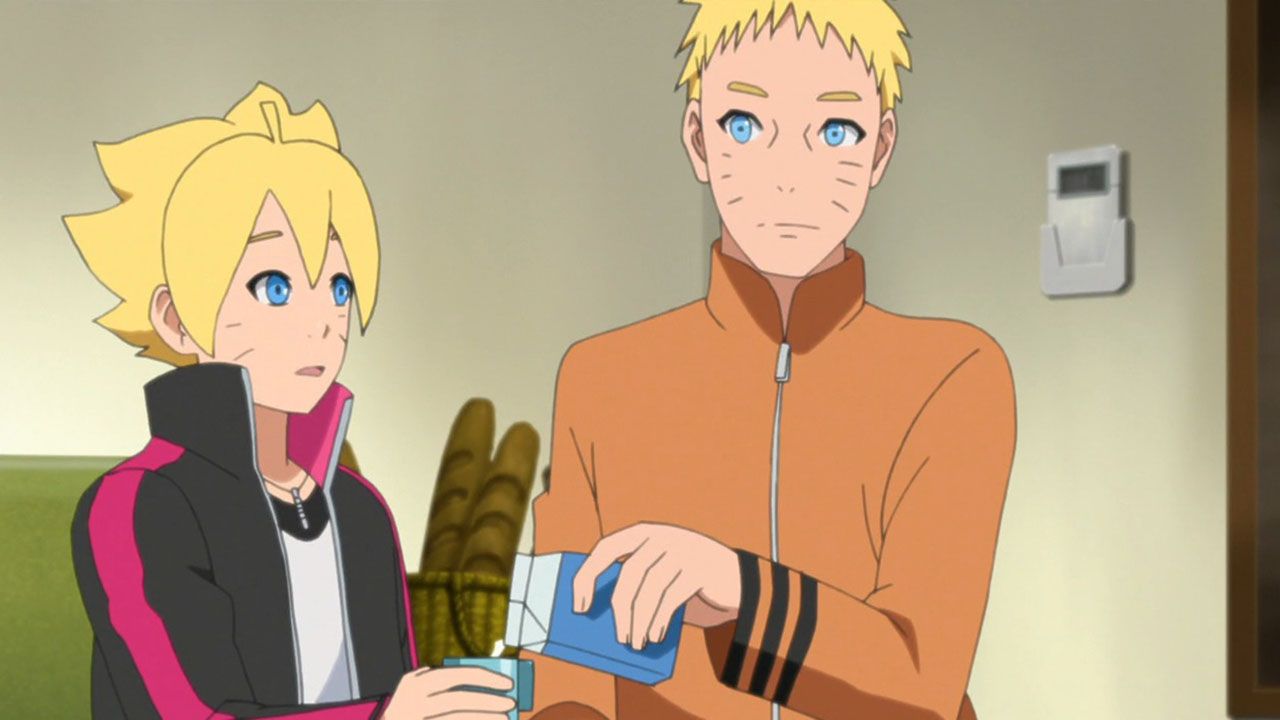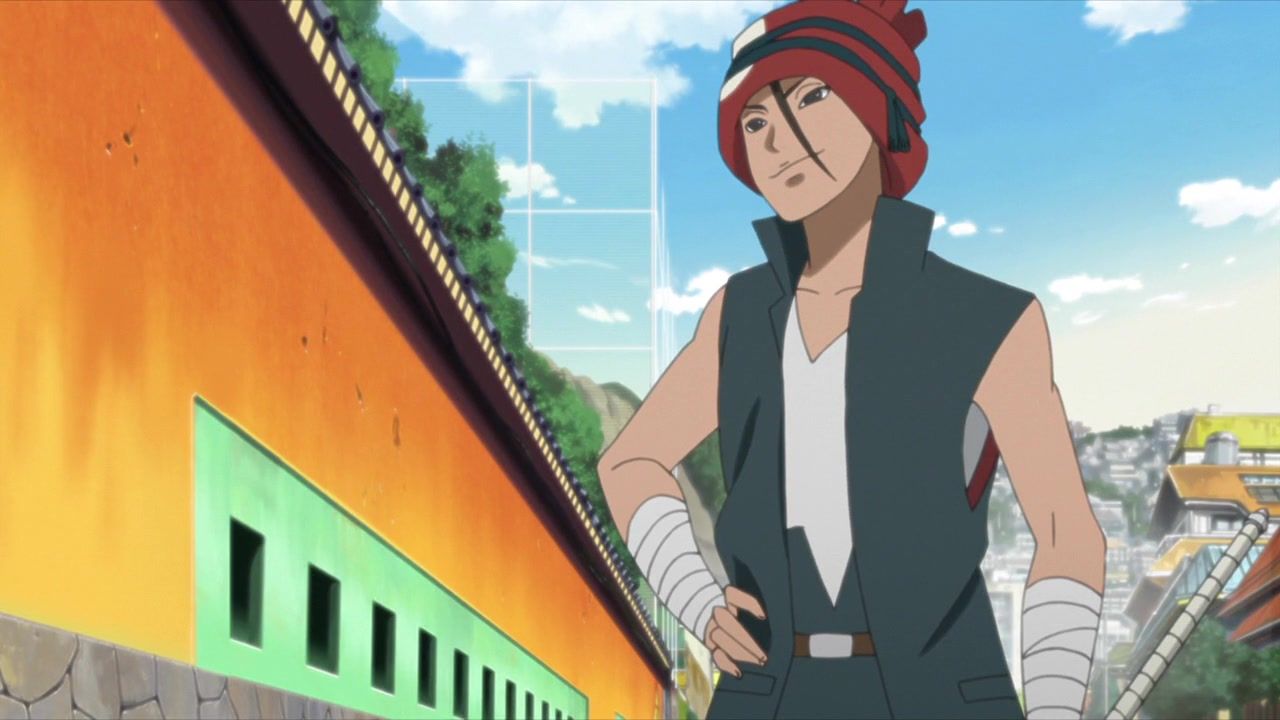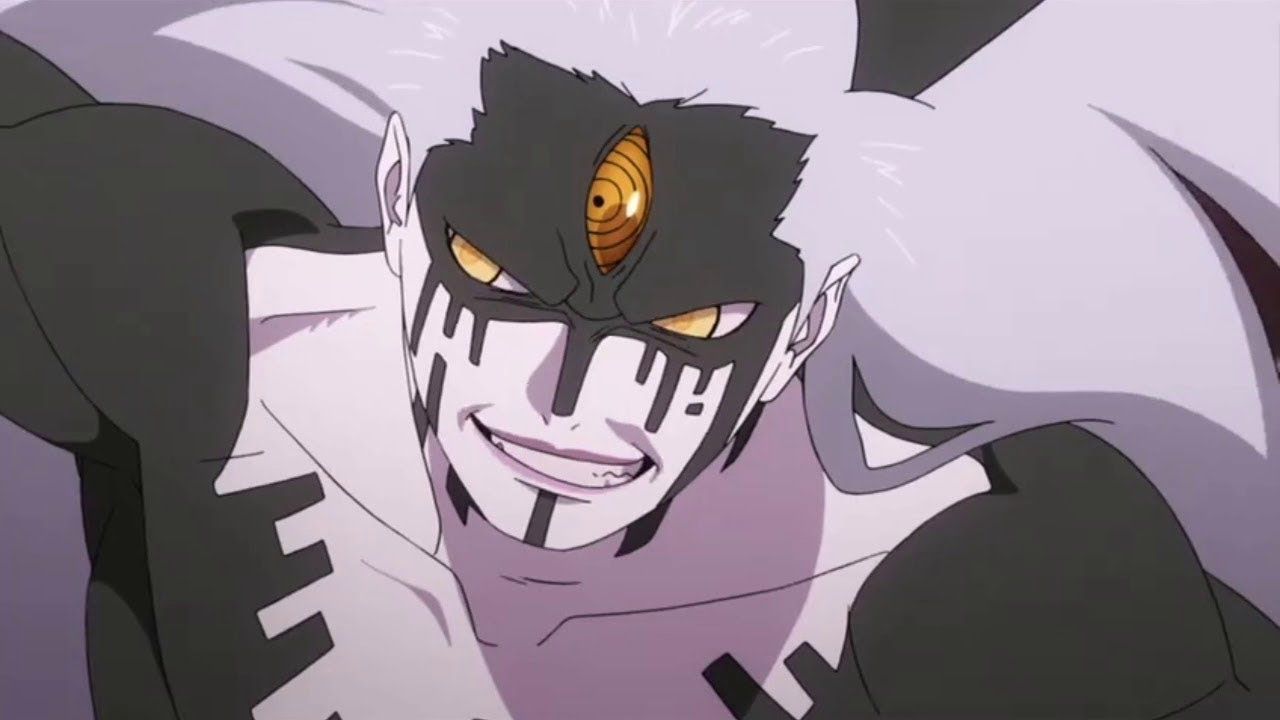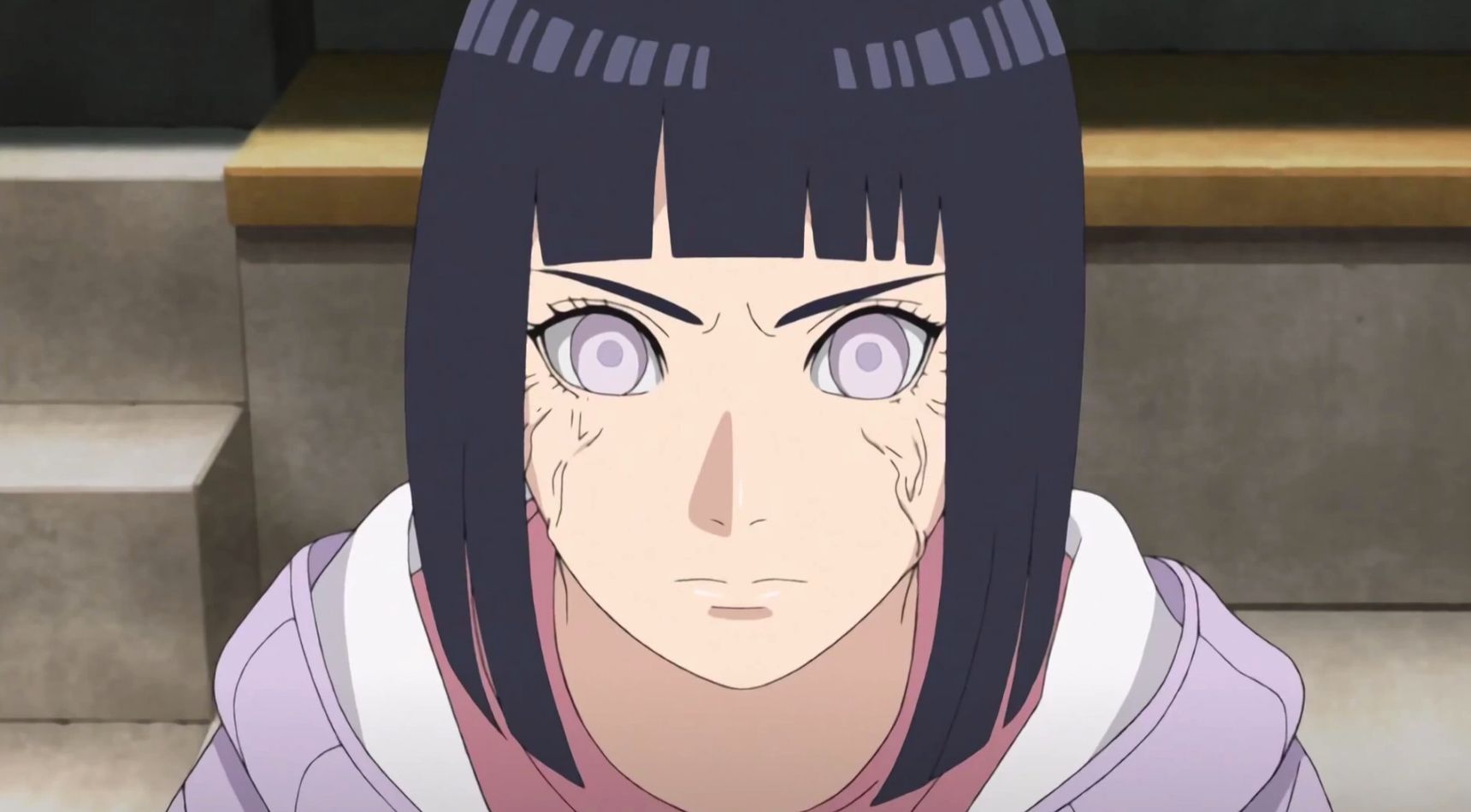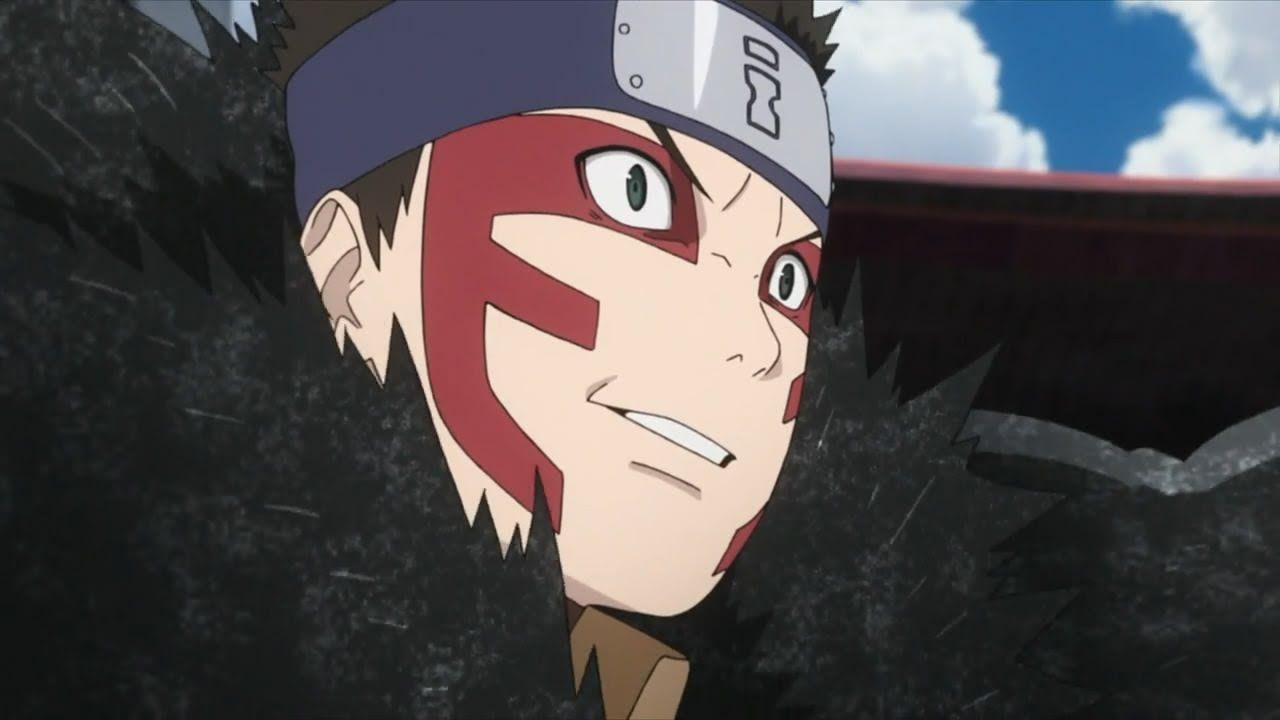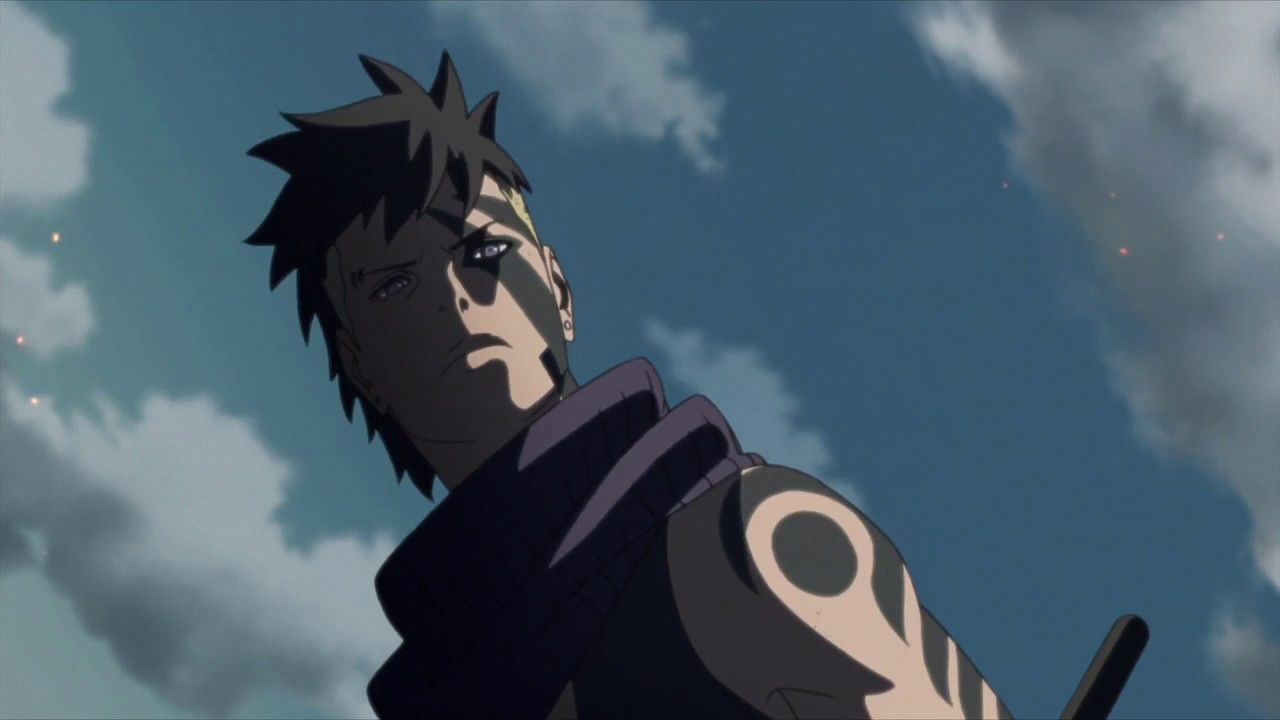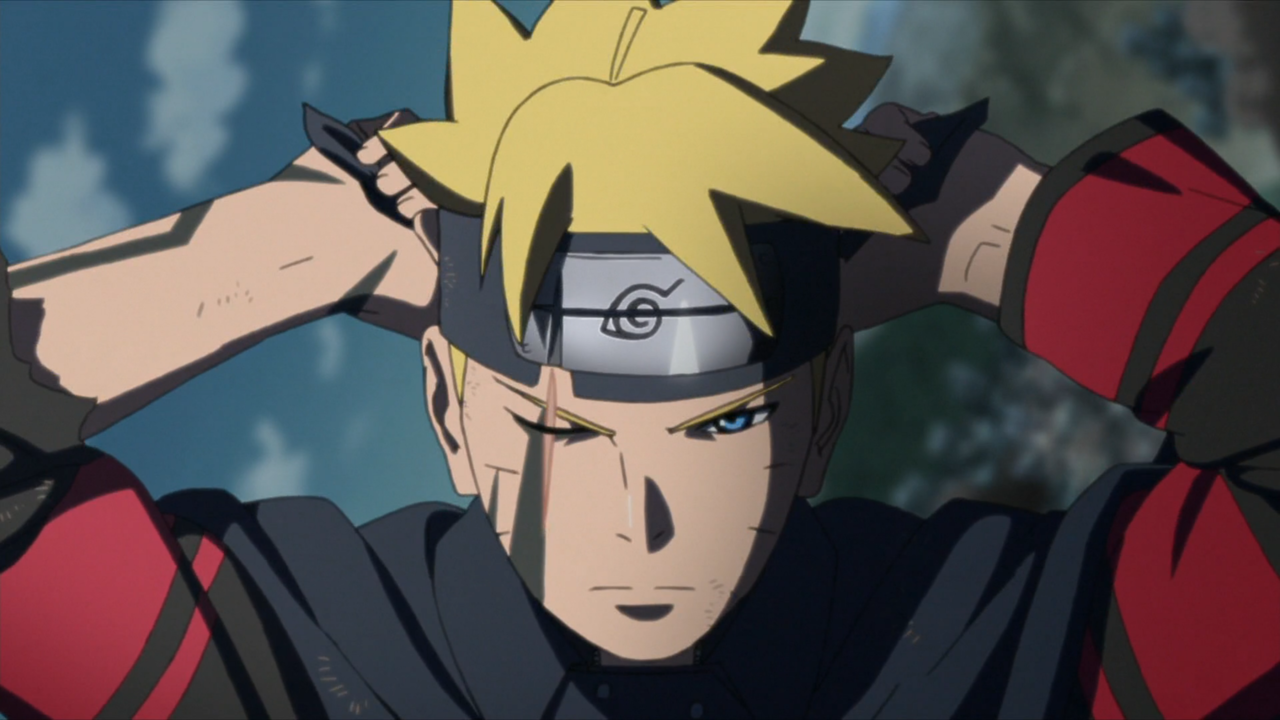Boruto: Naruto Next Generations is an unusual and divisive sequel to incredibly popular anime and manga Naruto. While Boruto does further expand and explore the mystical ninja world introduced in Naruto and further examine themes involving themes of generational violence, it just isn’t as gripping as its predecessor. While it is fun to see the character from the original series in new situations and a different part of their life, a lot of the newer characters aren’t as enticing as their older counterparts and some of the older characters have aged less gracefully than others.
That’s not to say Boruto doesn’t have its merits. It’s fascinating to see how a series with essentially the same tools and premise of Naruto ends up feeling entirely different from it, while still maintaining obvious influences. It’s also interesting to see how the sequel series further explores the lore that appeared at the very end of the original Naruto, and never got much screen time in the original series. Even if there’s plenty to like in Boruto: Naruto Next Generations, the story elements, and characters that don’t work keep the series from reaching the same heights as the original series.
Boruto could be a great series, it just needs a bit of pruning and alterations when it comes to some of its characters. In a similar vein, the characters that do make the anime and manga worthwhile need way more time to shine than what they’re currently getting.
Here are 10 Boruto Characters That Saved The Show (And 10 That Need To Go).
Go: Chocho
Chocho Akimichi is a comic relief character in Boruto: Naruto Next Generations that unfortunately isn’t all that funny. She and other characters make plenty of jokes about her size, weight, and appetite, but none of them ever really land. Additionally, the bit of character growth she gets in the new series takes away from her father, Choji’s story arc in Naruto.
Only after confronting his deep seeded insecurities was Choji able to use his clan’s most powerful abilities. Chocho, however, is able to use the full extent of her clan’s abilities at a much younger age and without going through nearly as much hardship. It’s safe to say Boruto would be better off if she had less of an impact when the series started.
Saved: Shikadai
Shikadai is the son of Shikamaru and Temari, and he’s basically a blunter version of a teenaged Shikamaru. This is terrific and a genuine boost to the series, because Shikamaru was one of the best-supporting characters in Naruto. While he hasn’t used his shadow manipulation techniques in nearly as creative a fashion as his father so far in the series, it’s still a lot of fun to see the rather aloof Shikadai interact with the mostly hyperactive cast.
Shikadai creates a fun dynamic between characters and is responsible for some of the best exchanges in the series. Maybe his character isn’t fresh or unique, but when it works so well, it doesn’t have to be.
Go: Denki
Denki plays a much larger role in the Boruto anime than the manga, and unfortunately, his presence in the anime really brings it down. There’s nothing especially interesting about Denki as a character and he mostly serves as a means to establish that the titular Boruto is a good person.
Denki isn’t a particularly confident individual or very good at ninja activities, so he usually ends up getting saved by Boruto or one of his more capable friends. Rather than enhancing the show by bringing in interesting motivations or abilities, Denki just kind of pads out the show. Even his design is boring and rather uninspired, making his increasingly less significant role in the anime a more than welcome change.
Saved: Mitsuki
Mitsuki is by far one of the most enticing characters in Boruto: Naruto Next Generations. As a modified clone of Orochimaru, he possesses incredible latent powers like the ability to naturally harness natural energy to enter Sage Mode. Rather than use his powers for his own gains, though, he hides most of them so that he can find purpose in his life and form meaningful relationships.
These kinds of motivations are unusual for a character in the Naruto universe, as most are inspired by their relationships rather than trying to form them. Mitsuki’s unusual motivations and a broad array of abilities make him a compelling character in Boruto that hopefully plays a meaningful role in the story for some time.
Go: Shin
Shin is the first major antagonist to appear in the Boruto manga and the second in the anime. He’s a heavily modified human with an obsession over the Uchiha clan and deep desire to revive the Akatsuki so that humanity can continue to evolve through conflict.
Even with his ability to telepathically manipulate any weapon he puts a special mark on, this villain isn’t as good as the ones that appeared in the original series. The story doesn’t try to make a viewer sympathize with Shin at all and he just comes off as a one-dimensional,war-obsessed madman. As the first canonical villain in Boruto, he just doesn’t measure up to the many nuanced baddies in the franchise.
Saved: Metal Lee
Metal Lee is a fun character introduced in Boruto: Naruto Next Generations that sadly doesn’t get too much screen time. He’s the son of Rock Lee and Tenten and possesses incredible physical talents, but sadly his nervousness and lack of self-confidence routinely prevent him from living up to his full potential.
Of course, the best thing about this character is that his name is literally Metal! That is way too cool of a name for such a timid character and this pun on the actor and martial artist Bruce Lee never wears thin in his numerous appearances. Metal might not have as many significant moments as his father Rock Lee, but his name is way more hardcore.
Go: Shino
Shino Aburame is a supporting character from Naruto that becomes a teacher at the Hidden Leaf Village Ninja Academy between the events of the first series and Boruto. While he has way more screen time as a teacher than he did as a ninja, his character isn’t made any more interesting in the sequel series.
His ability to control insects in battle has a lot of potential, but Boruto never gives him the chance to fully utilize these abilities. In fact, Shino loses his only major fight in Boruto when he captures two of his opponents, ignores the third, and is then surprised the unrestrained enemy attacks him. He really is a bland character that’s used poorly in his appearances in Boruto.
Saved: Orochimaru
The villain turned self-motivated mad scientist, Orochimaru appears as a supporting character in Boruto: Naruto Next Generations. The former villain mostly acts as more of an observer in this series, and is interested how his synthetic son Mitsuki adjusts to life in the Hidden Leaf Village.
Most villains in anime rarely have the opportunity to fill as many different roles as Orochimaru. It’s a treat to see him in a more passive role as a parent in Boruto, while still coming off as vaguely threatening to most other characters. At the end of the day, he’s still a creepy snake man acting only on his own interests, and it’s a treat to see these different parts of his personality juxtaposed with each other.
Go: Himawari
Boruto’s younger sister and the second child of Naruto and Hinata is Himawari. She doesn’t really play much of a role in the story and really only serves a way to further establish Naruto and Boruto’s relationship with their family. While this role is important as she helps provide Naruto with the family he never had growing up, she never feels like more than a generic little sister character.
She’s more of an anime cliche than anything else, which is a shame considering the original Naruto rose to fame for having a collection of characters that felt fresh and interesting. If she’s not going to bring anything new to the table, she really shouldn't be in Boruto at all.
Saved: Sarada
Sasuke and Sakura’s daughter, Sarada, had one of the best character arcs in Boruto: Naruto Next Generations. She becomes dissatisfied with her home life, when Sakura refuses to tell her about her father Sasuke, whose on a secret mission for the Village and hasn’t been home for years.
She even begins to think that Sakura might not be her real mother, and goes on a journey to find Sasuke’s old teammate Karin. Not only does this story arc highlight how Sakura and Sasuke are struggling to fill their new roles as parents, but it also features Sarada coming to terms with her parents’ faults and still finding that she loves them. Sarada is a terrific character and her story arc plays into the strongest parts of the series.
Go: Sumire
Sumire is the antagonist of the Boruto anime’s first and weakest story arc. She’s the daughter of a former Root member, which was the Hidden Leaf Village’s equivalent of a secret police force. When her family is ostracised by the Village because of her father’s work, and this inspires him to turn Sumire into a human weapon and have her destroy the village after his passing. She then begins gathering chakra from people with negative feelings, for some unexplained reason, and then launches a massive attack on the Village.
Boruto stops her in the end though and makes her realize that she doesn’t actually want to destroy her home and friends. Sumire isn’t a great character that’s responsible for the worst storyline in Boruto, and it’s good that the series features her less and less as it goes on.
Saved: Sasuke
One of the main characters from the original series, Sasuke appears in mostly a supporting role in Boruto: Naruto Next Generations. Using powers only he possesses, Sasuke investigates the origins of the mysterious Kaguya, as she and her pseudo-divine race pose a major threat to the Hidden Leaf Village.
This mission does force to spend very little time with his family, though, and this strain is notable on Sakura and Sarada. Sasuke is great in Boruto, because he really demonstrates how the characters from the original series are now in a vastly different part of their lives now. Sasuke worked to destroy the Village for much of Naruto, and now he’s working as perhaps its greatest protector.
Go: Inojin
Inojin is the son of Sai and Ino from the original Naruto, and is somehow less interesting than both of his parents combined. Sai was seen as a replacement to Sasuke by many fans and therefore was not looked upon very kindly, and Ino never existed as much more than a rival to Sakura. Inojin has both of his parent’s abilities, using paintings in battle and transferring his mind into another person, but his personality is extremely bland.
He’s friends with the other central characters because his parents are friends with theirs and he wants to be a ninja because both of his parents are ninjas. There’s nothing really unique about this character to make him stand out and his plain design makes him seem more like a background character than anything else.
Saved: Naruto
Naruto does a lot to improve his son’s series. In Boruto: Naruto Next Generations, Naruto is the Hokage of the Hidden Leaf Village, finally realizing the dream that motivated him for most of his own series. While he enjoys the job, it’s not quite what he expected as his various duties keep him from spending meaningful amounts of time with his family.
This makes a rift form between him and Boruto that Naruto tries and often fails to mend. It really is great to see achieving the goal he worked so hard for, and interesting to see that it’s not exactly what he thought it would be. As the sequel goes on, fans can only hope that we get a greater peek into the adult life of one of the most popular anime protagonists in the medium’s history.
Go: Iwabee
Iwabee is a pretty one-note character that overstays his welcome pretty much as soon as he goes through his major character arc, which only took about an episode or two. He’s was originally a brash student that neglected his studies for ninja training, and was angry that the academy had held him back twice.
That is until Boruto came along and showed him the importance of doing well in school. Iwabee basically just exists as another means to show how good of a person Boruto is, and after he fulfills that purpose he pretty much just hangs around the more interesting characters without contributing much. It’s good that the series is slowly fading him out, because he didn’t do that much for it in the first place.
Saved: Momoshiki
Momoshiki is of the same celestial race as Kaguya, and one of the best antagonists to appear in Boruto: Naruto Next Generations. This character allows the series to explore the lore the original series introduced with Kaguya's introduction, but never had the opportunity to expand upon.
Furthermore, his incredible powers force some of the strongest characters to battle against him, rather than their children who are the combatants in most of Boruto. Even if he is a rather one-dimensional antagonist and depicted as nothing more than a monstrously evil person, he still raises the stakes in Boruto while digging into its lore. He may not pose any moral questions to the heroes, but it is pretty fun to watch them fight against them.
Go: Hinata
In Boruto: Naruto Next Generations, Hinata and Naruto are married and have a family together. While Hinata’s new role as a wife and mother seems like a great opportunity to further explore her character, Boruto does less with Hinata than the original series did. We don’t learn about how Hinata likes her life as a housewife, if she misses any of her ninja duties, or even how she copes with Naruto working so much.
Hinata was also defined by her love of Naruto more than anything else, and now that she’s married to him and they have a family, her character can be expanded upon. The sequel series has very little interest in doing this, though, and instead, Hinata ends up feeling more one dimensional than ever.
Saved: Shinki
The appearance of Gaara’s adoptive son Shinki excited most people keeping up with Boruto. The young ninja is one of the few characters to naturally possess the magnet release advanced elemental style and his cloak made of iron sand was very reminiscent of Gaara’s early design.
His fights are some of the best in the Versus Momoshiki Arc and his fighting style is like an enhanced version of Gaara’s. Basically, Shinki brought back a lot of the best elements from Naruto’s early days, and made it seem like the sequel series was going to get back to the roots of the franchise. While it didn’t go quite as far as fans would like, Shinki definitely felt like a return to form for the long-running ninja series.
Go: Kawaki
Kawaki is a mixed bag of a character. On the one hand, his appearance at the very beginning of Boruto and his implied destruction of the village enticed countless fans of the original series. On the other hand, his yet to appear in the anime and his status as a cyborg in the manga makes him feel totally dissimilar from every other element of the series. The interest Kawaki initially generated is wearing thin, and his limited appearance so far is less than intriguing.
Kawaki isn’t exactly a bad character, but the expectations for him were set so high that he was always going to let fans down. It was a bold move for Boruto to introduce its main villain at the start of the series, but it doesn’t seem like it’s paying off.
Saved: Boruto
The titular Boruto is a now one of the series’ strongest elements after a rocky introduction. At the start of the series, Boruto’s motivations were pretty vague and his main feature was a dislike of his father Naruto, which irked many fans who were happy to see Naruto finally achieving his lifelong goals.
His growth as a character and his newfound desire to become stronger than his father while taking a different path in life than him, is a unique premise for an anime protagonist. His training under Sasuke and evolving relationship with advanced ninja tools make him feel meaningfully distinct from his father. Most fans are still eager to find out what Boruto’s destiny holds, and how he becomes the foreshadowed protector of the Hidden Leaf Village.
---
What do you think of these characters from Boruto? Let us know in the comments!

